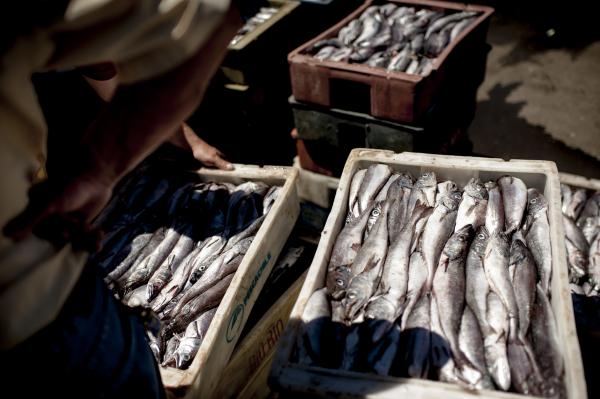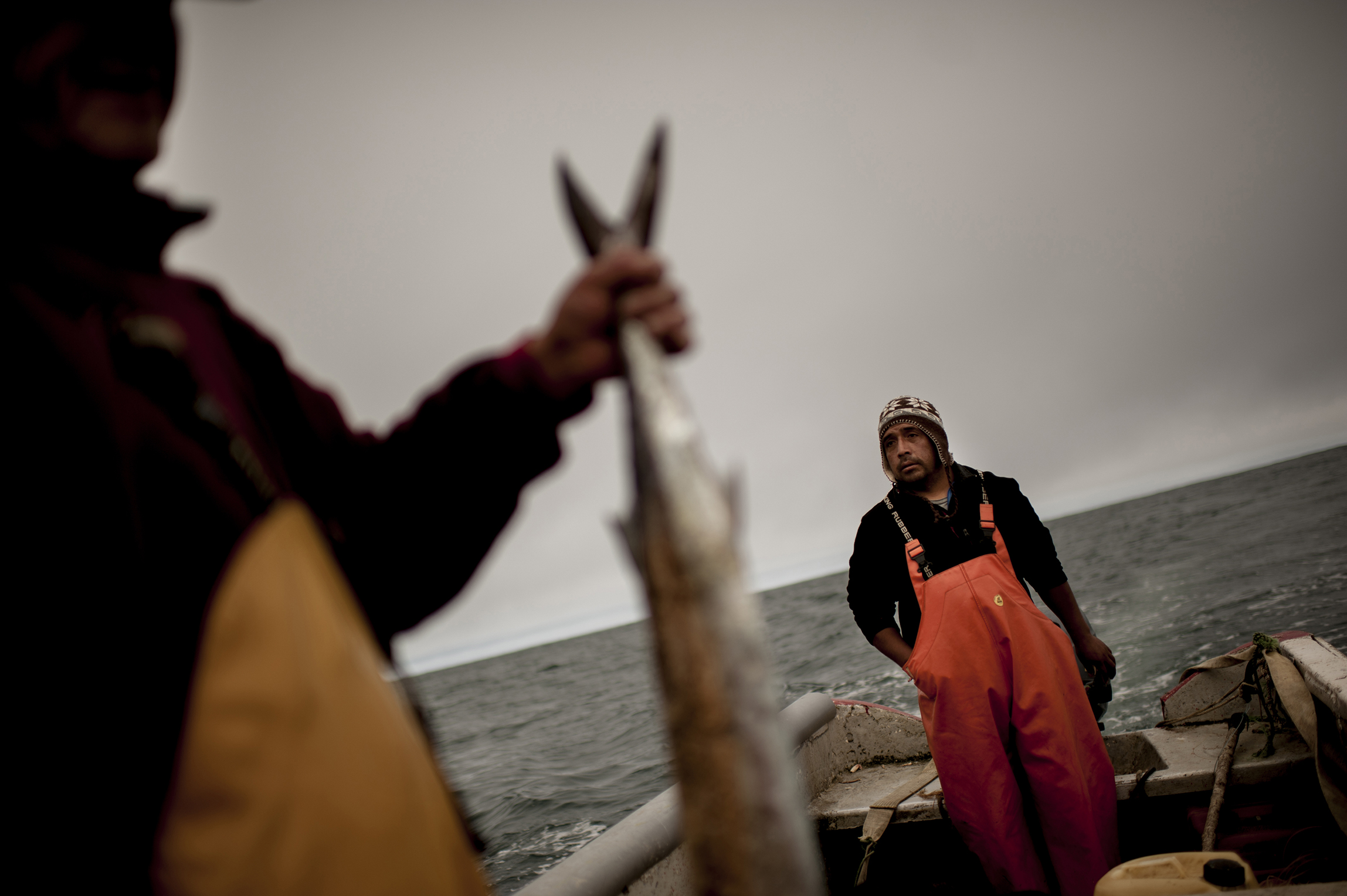
PELHULLUE, Chile — In the darkness and haze of early morning, the Recabal boys groggily pile on layers of clothes as they heap into a beat-up pickup truck and glide down fog-shrouded coastal highways to a stretch of beach where 18-foot fiberglass boats with names like Blanca Encalada and El Rayo II are thrust into the frigid South Pacific.
In the darkness, bleary-eyed fishermen huddle together for camaraderie and warmth, waiting their turn to plow headlong into the surf.
In the summer of 2010, a three-story tsunami carried away a section of Pehullue and much of its fleet of artisanal fishing boats. Though Chileans are largely inured to the daily tremors and rattling of windowpanes, coastal residents are loath to forget their precarious existence by the water.
"In that house over there three people died," says Pablo Cesar Recabal, the oldest of three brothers, pointing to the shell. "The house was under water and you could still see the lights on inside."
Battered but not broken, those who escaped the ocean's wrath, including the Recabals, picked up the pieces and relocated to a nearby beach. These days, however, artisan fishermen are being squeezed by the dual forces of disappearing fish stock and the large scale fishing operations that have a virtual lock on the most profitable fisheries.
Numbering in the tens of thousands, the artisan fisherman is a ubiquitous presence along the 4,000-mile length of this thin Andean nation. Boats measuring a few meters, manned by single oarsmen, fall into the same broad category as 18-meter vessels that sleep a crew of ten.
Pablo is the captain of the Eslora, a 9-meter fiberglass boat powered by a 200 horsepower outboard – his younger brother Froilán and ruddy-faced Juan Flores Pacheco make up the crew.
According to Chile's fisheries law, the waters near shore are reserved for the artisan fishing class, but unchecked fishing has depleted these once bountiful waters.
"There aren't fish here anymore," Pablo shrugged, gunning the Eslora ten miles out in search of hake.
The fishing methods of artisan fisherman are as varied as the landscape. Some use hundreds of sardines or anchovy as bait, tethered on line several hundred feet in length. But the preferred method of Pehullue's fishermen is the net.
Aboard the Eslora, several hundred meters of netting is piled inside the hull, and buoys with neon green flags are fastened to either end of the white mesh. Below the surface, pelagic fish in pursuit of smaller forage fish are tangled in the net.
Without the benefit of sonar, Pablo uses a compass and instinct to determine where he'll drop his net. Once the first buoy is the water, the net begins to unfurl. Despite their bright color, locating the buoys amid rolling waves requires skill.
To pull the fish-laden net into the boat, a cable is laced through the net, wound around a spool and slowly lifted from the water by a motor-powered winch and the brute strength of the crew, dressed head to toe in yellow rubbers. The men are soaked by successive white caps that spill over the lip of the boat as the net, tangled with hake and tiny crab, is piled in the boat. Froilán swatted with a boat oar at opportunistic sea lions and swarming seagulls plucking at the vulnerable fish.
Pablo reckoned their haul to be around 300 kilos, which should fetch between $200 and $300. Until last year, Chile managed its fisheries by designating a total allowable catch for each fishery and assigning each boat a share. Last November, the Eslora had netted around 18,000 kilos, with another 1,200 kilos still to be caught before year's end, but the real number of fish caught by Recebal's crew is speculation.
The artisan fisherman operates on an honor system, registering his catch in a government log, but off-the-books sales to local restaurateurs and a small cut for the crew is common practice. Freezer trucks, gaping and empty, park near the beach, their drivers waiting to take the fish to processing plants where filets are prepared for export.
On the beach families welcome the returning fishermen with thermoses of steaming hot instant coffee and bologna sandwiches. Each crew makes use of their allotted plastic trays, doled out according to the amount of fish that were supposed to have been caught. The Recabal family, including Pablo's mother, and sister, strap on aprons to help strip fish from the net. Crabs too small for sale are tossed into a barrel to be fed to scavengers.
Pablo later confides that the life of an artisan fisherman is a difficult proposition. After paying $10 for the tractor to push the Eslora into the water and pull it out again, $100 for gasoline and the 50 percent fee to his father, who owns the boat, the men will take home around $20 for their efforts.
Despite mounting expenses, dwindling fish stock and uncertainty regarding the impact of a new fisheries law, Pablo insists his is the best job in town.
"Today we made only $20, but tomorrow we could make several hundred dollars," Pablo concludes.





